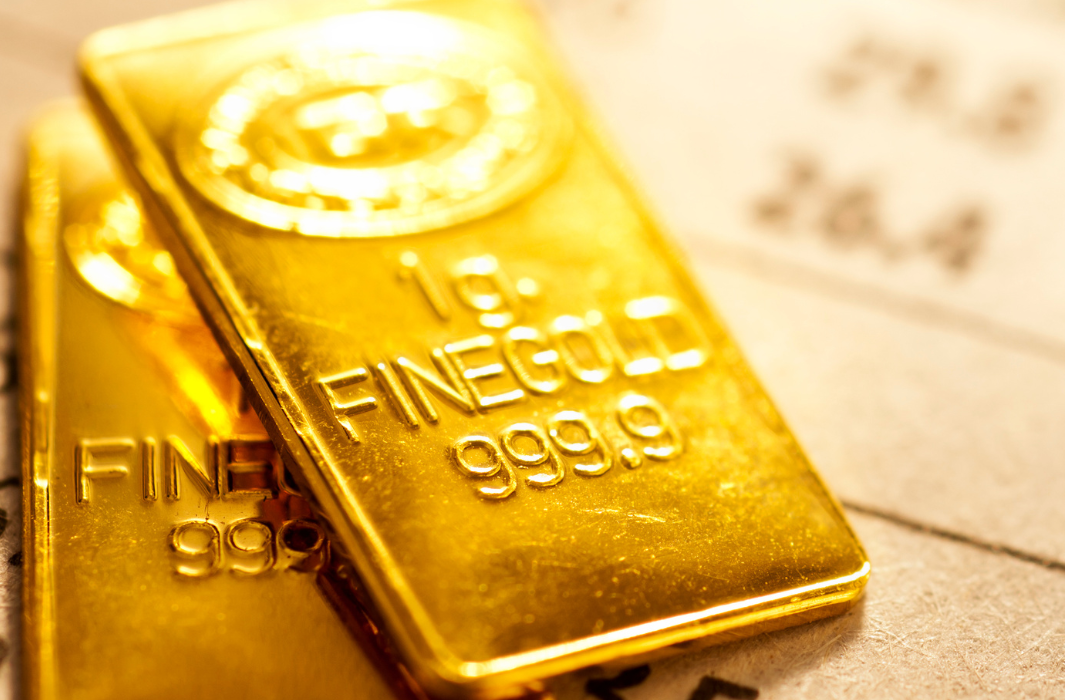On 20 May 2024, gold prices reached a remarkable peak of over US$2,449.89 per ounce. This surge, despite minor fluctuations, has drawn the attention of investors over the past six months. Even so, it remains to be seen if gold can maintain its uptrend in the latter half of 2024.
Many investors believe that gold, as a versatile precious metal, traditionally shows an inverse correlation with Federal rates. Given its denomination in dollars, when interest rates climb and the US dollar strengthens, gold prices generally decline. However, this relationship has appeared to be less predictable recently. Over the past few years, despite high Federal rates and a stable US dollar, gold prices have not only held firm but have soared to new heights.
This suggests that although the influence of the US dollar on gold prices is significant, it is just one of the factors. Other factors, such as high inflation, monetary policy, and supply and demand, also play crucial roles.
Gold seen as a safe haven
Gold serves as a hedge against inflation, and this is a key reason why investors turn to it in times of economic turbulence. Gold is perceived as a reliable store of value due to its intrinsic qualities and its utility in various industries such as jewellery and electronics.
During times of escalating inflation, the general price level surges, diminishing the purchasing power of fiat currencies. At such times, gold steps into the spotlight, offering investors a sanctuary to shield their wealth amid economic uncertainty and escalating inflationary pressures. Gold is no doubt recognised as a safe-haven asset, especially during periods of turbulence.
Since March 2022, the Federal Reserve has initiated a series of aggressive rate hikes, raising rates seven times in that year alone and an additional four times in 2023. This move is aimed at mitigating inflation and bolstering the US dollar. Typically, rising interest rates would diminish the attractiveness of non-yielding assets like gold. Indeed, gold prices experienced a dip to around US$1,664 per ounce in 2022.
However, the story of gold’s resilience is also shaped by other dynamic factors, including a slowdown in interest rate hikes, global economic uncertainty, and geopolitical tensions. By the end of 2023, gold prices had rebounded significantly to US$2,078 per ounce. The average gold price for 2023 stood at US$1,940.54 per ounce, marking an 8% increase over 2022.
Despite the Federal Reserve’s aggressive rate adjustments, inflation has not eased to the desired target of 2%. Recent reports indicate a postponement of interest rate reductions by the Fed. Given this complex economic landscape and other uncertainties, the gold price is expected to maintain its stability in the near term. Looking ahead, the potential reduction in rates could see gold prices climbing once more.
In general, investing in gold is a prudent strategy for those seeking to combat inflation and diversify their investment portfolio. With its nature as a safe haven, gold is expected to sustain its influence, pushing its price higher in the latter half of 2024 and in 2025.
High demand for gold from central banks
Another significant factor shaping recent trends is the increased demand from central banks, particularly in the emerging markets of East and Central Asia. According to a recent report from the World Gold Council, these regions have spearheaded net gold purchases in the first quarter. This aligns with the 2023 Central Bank Gold Reserves Survey, which indicates a minor strategic shift towards greater allocations of gold in national reserves over the next five years.
Moreover, the trend of de-dollarisation has been gaining momentum, with many countries actively diversifying their currency reserves by accumulating gold and alternative currencies.
A noteworthy example of central banks acquiring gold is China’s central bank, which has been continuing its gold purchasing, marking its 17th consecutive month of purchases in March. China’s aggressive accumulation, which included an addition of 60,000 troy ounces in April, signals a robust demand from the official sector currently driving gold’s price surge.
While gold now represents about 4.6% of China’s total reserves — a notable rise from its 3.2% share in October 2022 — it still falls short of the proportions in countries like the US, Germany, Italy, and France, where gold has a much larger share at around more than 65% of their national reserves.
Zhao Qingming, vice-president of the China Foreign Exchange Investment Research Institute, indicated last year that the ongoing expansion of gold reserves aligns with long-term strategic interests. This expansion is aimed at optimising and diversifying the structure of reserve assets, enhancing overall reserve stability.
The enthusiasm for gold extends not only to the officials-level in China but also to its retail market. China’s gold market represents approximately one-fifth of global sales. Demand for gold jewellery in China increased by 10% in 2023, while investments in gold bars and coins surged by 28%. Interestingly, this rise is partly driven by young demographics, who are increasingly turning to gold as an investment vehicle amid lacklustre performance in other domestic assets like real estate and stocks.
Overall, amid a landscape of growing geopolitical tensions and global uncertainties, such as upcoming general elections in the US and other countries, the role of gold as a stable investment continues to be reinforced. Central Banks in markets such as China, India, and Turkey are proactively boosting their gold reserves. Therefore, these multifaceted dynamics are expected to continue bolstering gold prices in the foreseeable future.
The article was first published in ThinkChina.





